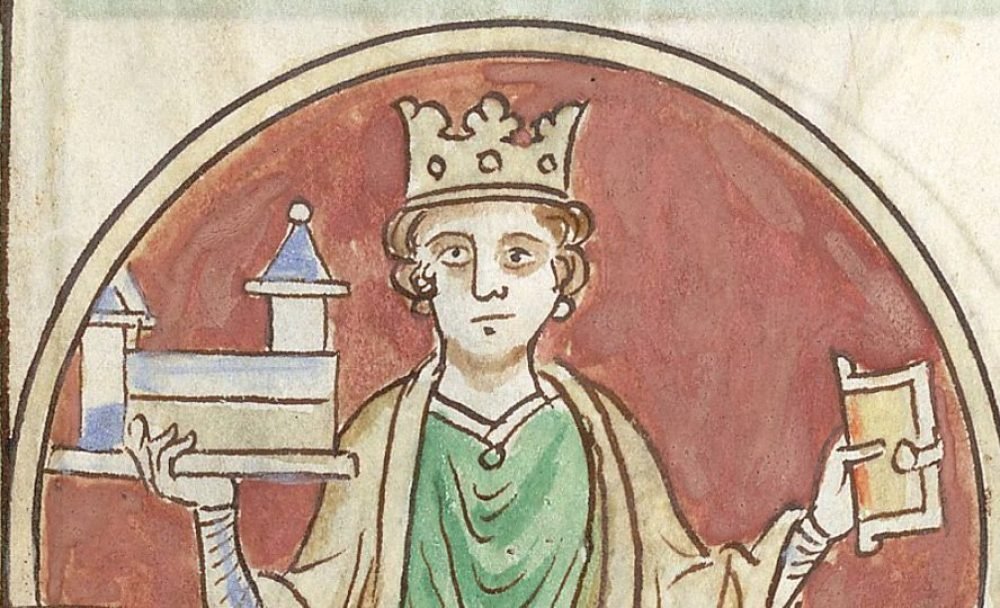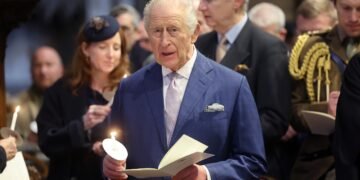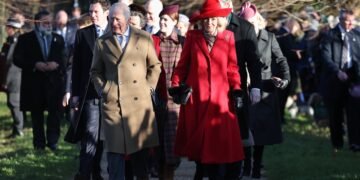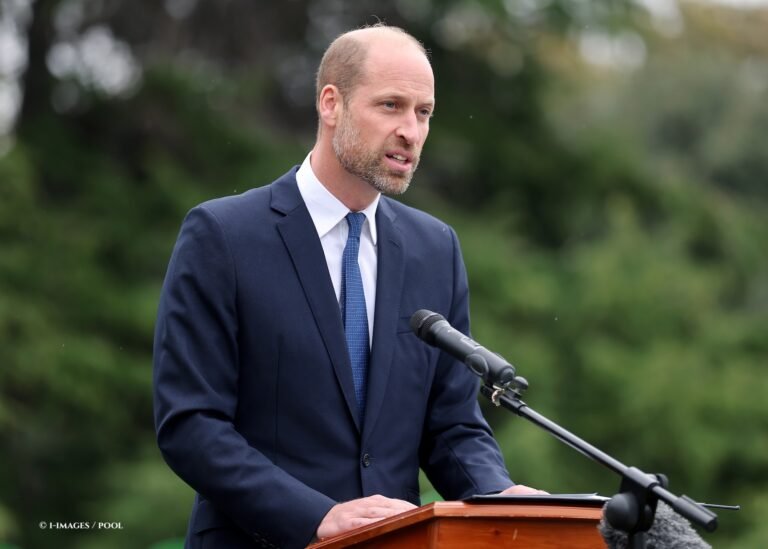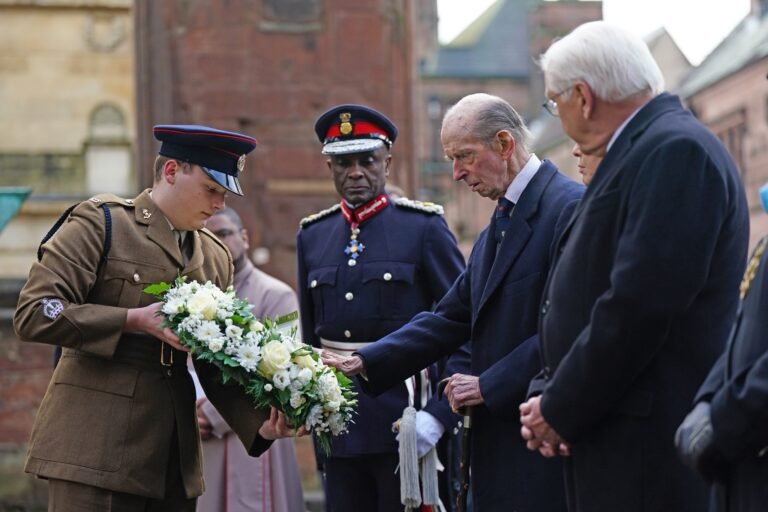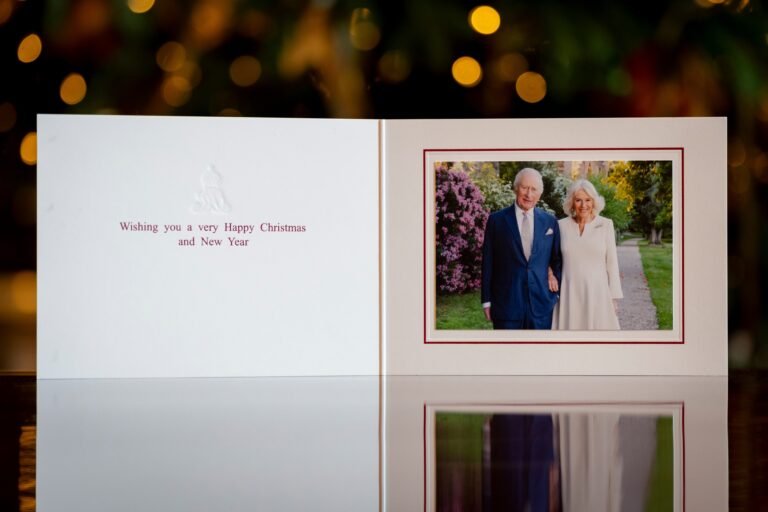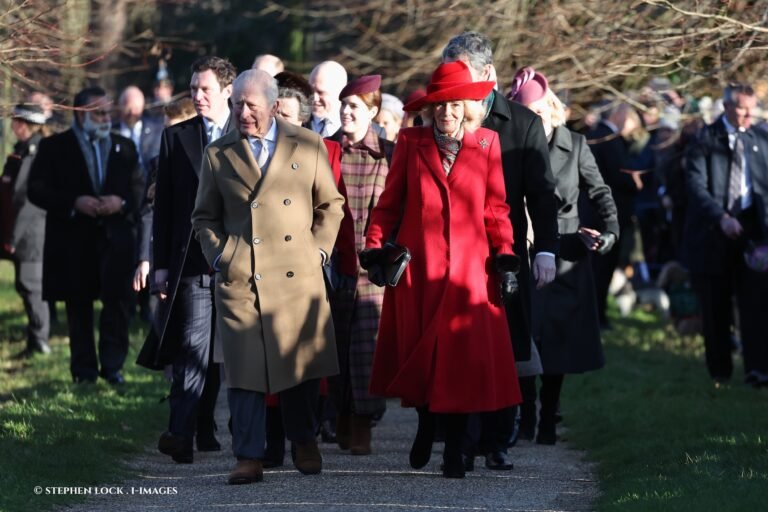Archaeologists searching for another missing Monarch have discovered what could be King Henry I’s remains, under another car park in Reading, oddly mimicking the discovery of Richard III in 2014.
Reading prison’s car park may have been the home to England’s third King for almost 900 years, as ground-penetrating radar (GPR) being used at Reading Abbey ruins found a number of graves during an exploration of the site containing the ruins of Reading Abbey.

Archaeologists were scanning near to the Abbey’s High Altar, where Henry I was known to be buried, when they came across the graves and other potentially significant finds.
Henry I was the youngest son of William the Conqueror and ruled from 1100 until 1135. Falling ill in as he tried to maintain support for himself with the nobles of Normandy, the King died in Lyons-la-Forêt on 1st December. His body was taken to Rouen and embalmed, with some of his organs buried nearby at Port-du-Salut Abbey. Henry’s body was then taken to England and interred at Reading Abbey.
The graves’ discovery comes as a project – Hidden Abbey – is underway to establish the full historic significance of the Abbey, which was founded by the King who was buried there. It has always been known to have been the final resting place of Henry I and his Queen, Adeliza, but whether one of these graves is his, remains to be seen. Grave robbers – which some think were sent by Edward VI – likely sought the supposed silver coffin he was buried in, and could have discarded the bones.
The Hidden Abbey project is part of Reading’s Abbey Revealed Project. In 2015, it won £1.77 million of Heritage Lottery funding, which will go over half way to the £3.1 million total needed for the conservation of the ruins and the reopening of the site to the public.

Philippa Langley, the woman who campaigned and began the search for Richard III in Leicester, supports the project. Much like Richard, Henry I has something of a tarnished reputation: he took the throne following the death of his brother, William II, who died in a hunting accident – perhaps a suspicious one. The Norman king also had his eldest brother, Robert, Duke of Normandy, imprisoned for the rest of his life.
A spokeswoman for Reading Borough Council, which is leading the project along with the Roman Catholic Diocese of Portsmouth and the Ministry of Justice, said: “The graves are located behind the High Altar in an apse at the east end of the Abbey. They are located east of the area where King Henry I’s grave is believed to be. No direct connection between these features and King Henry can be made using these results alone.”
We will keep you updated on any developments in this discovery.

